Flatfoot measuring instrument - Application of plantar 3D scanner in hospital flatfoot evaluation
1. Introduction
Flatfoot is a common foot deformity, characterized by collapsed arch and increased area of the inner side of the sole touching the ground.
This disease may cause foot fatigue, abnormal gait and even joint pain, affecting the patient's daily life and exercise ability. Accurately measuring the arch height, foot morphology and plantar pressure distribution is the key to assessing the severity of flatfoot and formulating a correction plan.
Traditional flatfoot evaluation methods such as footprint analysis or clinical observation have the problems of strong subjectivity and insufficient accuracy. The plantar 3D scanner (3D Foot Scanner) plays an increasingly important role in the detection and evaluation of flatfoot in hospitals with its advantages of high precision, non-contact and data visualization.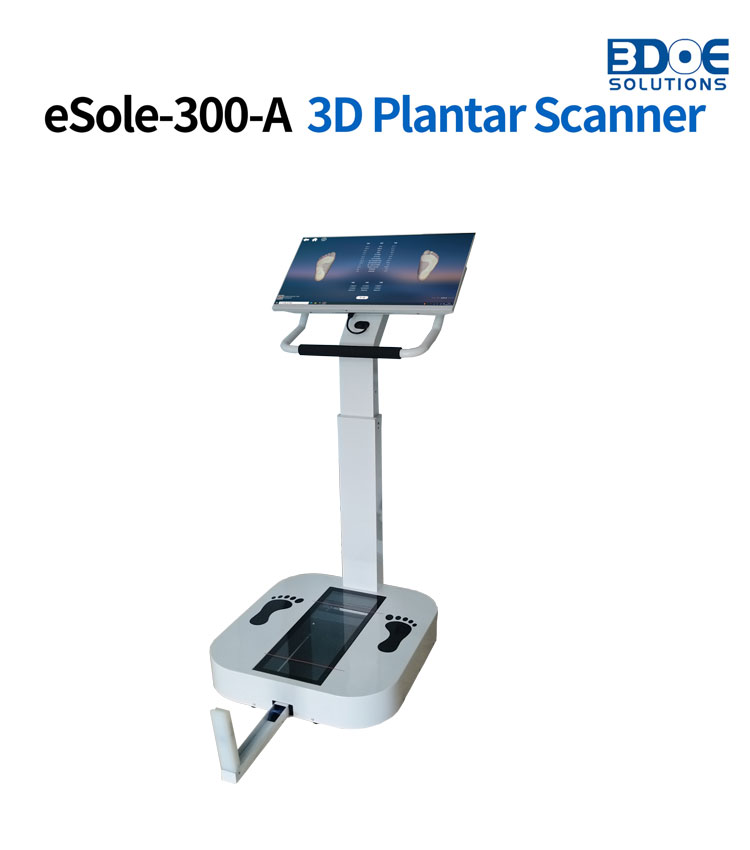
2. Measurement principle of plantar 3D scanner
The plantar 3D scanner is a device based on optical or laser measurement technology that can accurately capture the surface morphology of the foot and reconstruct a complete 3D foot model. Its working principle mainly includes the following steps:
(1) Structured light or laser scanning technology
Sole 3D scanners usually use structured light (Structured Light Scanning) or laser scanning (Laser Scanning) technology.
Structured light scanning projects a grid grating onto the surface of the foot, and then the camera captures the grating deformation to calculate the 3D structure of the foot. Laser scanning is based on irradiating the surface of the foot with a laser beam and measuring the time difference or angle change of the light reflected back to obtain accurate foot morphology data.
(2) 3D reconstruction and data processing
The point cloud data collected by the scanner is processed by a computer algorithm to generate a complete 3D model of the sole and extract key measurement indicators such as arch height, foot length, foot width, and sole contact area.
For flat foot assessment, arch height and sole contact area are the core parameters.
(3) Automatic calculation of arch index
Arch Index (AI) is an important indicator for evaluating arch height, which is usually obtained by calculating the ratio of the midfoot area to the forefoot and hindfoot areas in the sole contact area.
3D scanners can automatically calculate the index and provide quantitative data to help doctors determine the severity of flat feet.
3. Advantages of plantar 3D scanners in evaluating flat feet in hospitals
(1) High-precision measurement to improve diagnostic reliability
Compared with traditional footprint analysis or X-ray evaluation, plantar 3D scanners can provide more accurate foot morphology data, with errors controlled at the sub-millimeter level, ensuring the reliability of measurement results.
(2) Non-contact detection to avoid the influence of foot force
Traditional footprint analysis requires patients to stand or walk, and different postures may cause changes in plantar pressure distribution, affecting measurement results. 3D scanners use non-contact scanning technology to ensure that foot morphology is measured in a natural state, improving the authenticity of data.
(3) Data visualization to facilitate communication between doctors and patients
The scanner can generate a 3D model of the foot in real time, and intuitively display key parameters such as arch height and plantar contact area through color graphics, allowing doctors to explain the condition to patients more intuitively and formulate corresponding correction plans.
(4) Rapid measurement to improve medical efficiency
Traditional flatfoot assessment may require manual measurement of multiple parameters, while 3D scanners can complete a complete foot scan and data calculation within seconds, greatly improving the hospital's diagnostic efficiency.
(5) Data storage and long-term tracking
3D scanners can store patients' foot data for subsequent review and efficacy evaluation. For children or adolescents, long-term tracking of arch development can help doctors determine whether intervention is needed.
4. Application scenarios of plantar 3D scanners in flatfoot assessment
(1) Foot screening for children and adolescents
Flatfoot is more common in children and is mostly physiological flatfoot, which may improve on its own as they grow and develop.
However, for pathological flatfoot, timely intervention is particularly important. Plantar 3D scanners can be used for foot screening in schools or hospitals to monitor arch development and provide children with scientific footwear or orthotic recommendations.
(2) Foot health management for athletes
The foot morphology of athletes affects athletic performance and injury risk. 3D scanners can accurately measure arch height and sole contact area, and develop personalized footwear and training programs for athletes to prevent sports injuries caused by abnormal arches.
(3) Assessment of adult foot diseases
For workers who stand for a long time, obese people or patients with diabetes, flat feet may cause plantar fasciitis, calluses, metatarsalgia syndrome and other problems.
3D plantar scanners can be used to assess adult foot health and help doctors determine whether arch support interventions are needed, such as custom orthopedic insoles or orthopedic shoes.
(4) Assessment of orthopedic treatment effects
For patients who have received orthopedic insoles or surgical treatment, regular follow-up with a 3D plantar scanner can help evaluate the treatment effect, adjust the correction plan, and ensure the recovery of the patient's foot function.

 +86-0755-86131192
+86-0755-86131192 2025-02-12
2025-02-12 Back to list
Back to list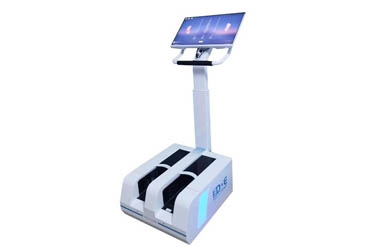
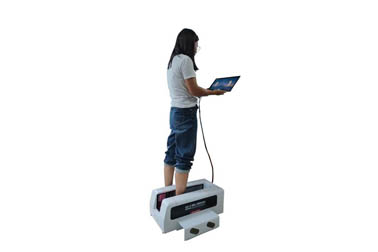
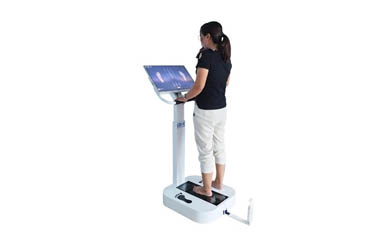
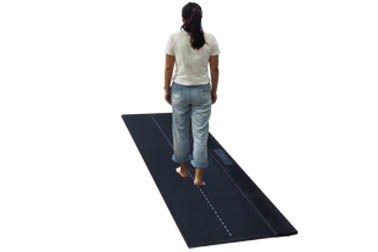
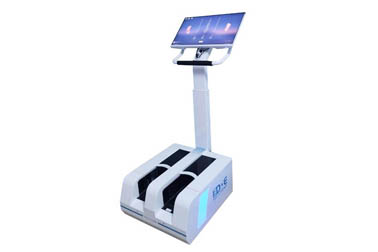
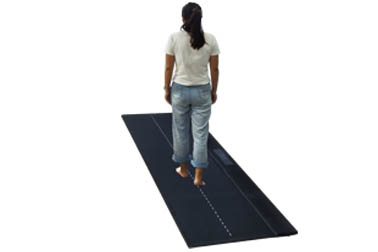



 +86-0755-86131192
+86-0755-86131192